Ghost orchid idea...
salvialvr
16 years ago
Related Stories

HOUSEPLANTSHow to Grow Orchids Indoors
Orchids are the exotic aristocrats of the flower world and can make themselves comfortable in almost any home
Full Story
DECORATING GUIDESHalloween Un-decorating: Orange, Candles and Ghostly White
See how to get into the Halloween decorating spirit without compromising design
Full Story0
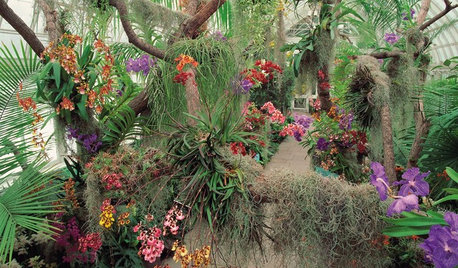
FLOWERSSee the Amazing Orchids Unfolding at a New York Garden Show
Get an eyeful of awe-inspiring orchids in incredible colors and learn how to keep one happily blooming at home
Full Story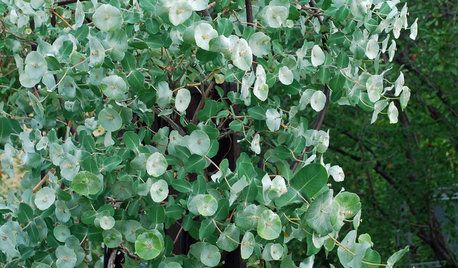
BLUE AND GRAY FOLIAGEGreat Design Plant: Kintzley's Ghost Honeysuckle
Looking for a versatile plant with beautiful color and texture? This unusual honeysuckle may be just the ticket
Full Story
COLORBest Ways to Use Radiant Orchid, Pantone's Color of 2014
Learn how to work in this bold fuchsia-pink-purple successfully around the home, and give it a yay or nay in the Houzz poll
Full Story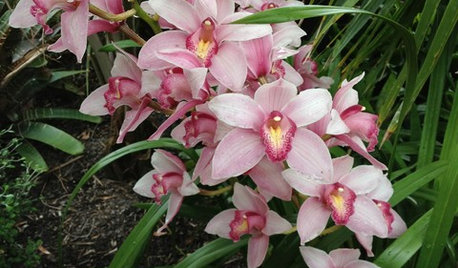
FLOWERSOrchids 101: Cymbidiums Add Beauty Indoors and Out
Their large, long-lasting flowers give them a place of honor in homes and gardens
Full Story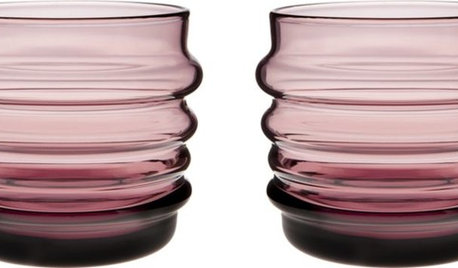
PRODUCT PICKSGuest Picks: Raise a Glass to Radiant Orchid
Celebrate the new year with barware and glasses done up in hues akin to Pantone's 2014 Color of the Year
Full Story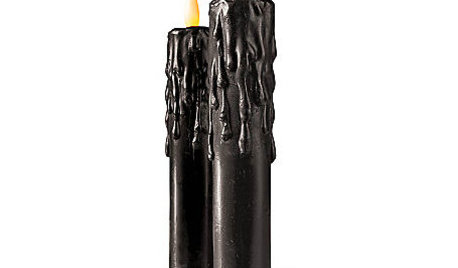
Guest Picks: Throw a Hauntingly Dramatic Halloween Party
Ghoulish black and ghostly silver accessories and servewear make for a bash that's sure to have friends screaming in delight
Full Story
GARDENING AND LANDSCAPINGRenovation Detail: The Blue Porch Ceiling
Ghostly legends spurred the Haint Blue porch ceiling trend in the South, but you can pick this color just because it's pretty
Full Story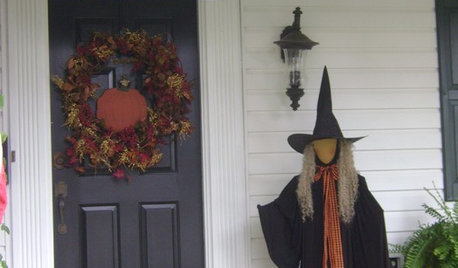
Houzz Call: Show Us Your Halloween-Themed Entryway
Fright fest or full of friendly ghosts, your decorated entryway could be featured on the Houzz homepage
Full Story





howard_a
scott361
Related Discussions
Anyone growing the ghost orchid?
Q
Ghost orchid... Polyrrhiza, Polyradicion, Dendrophylax lindenii
Q
Growing ghost orchid outdoors in Miami?
Q
Ghost Orchid
Q
salvialvrOriginal Author
claritamaria
salvialvrOriginal Author
scott361
pcan-z9
scott361
whitecat8
littlem_2007
howard_a
aerides
snasxs
aleksa
salvialvrOriginal Author
xmpraedicta
scott361
snasxs
sweetcicely
whitecat8
scott361
claritamaria
snasxs
jim77
scott361
snasxs
scott361
painterart
xmpraedicta
painterart
komi
painterart
xmpraedicta